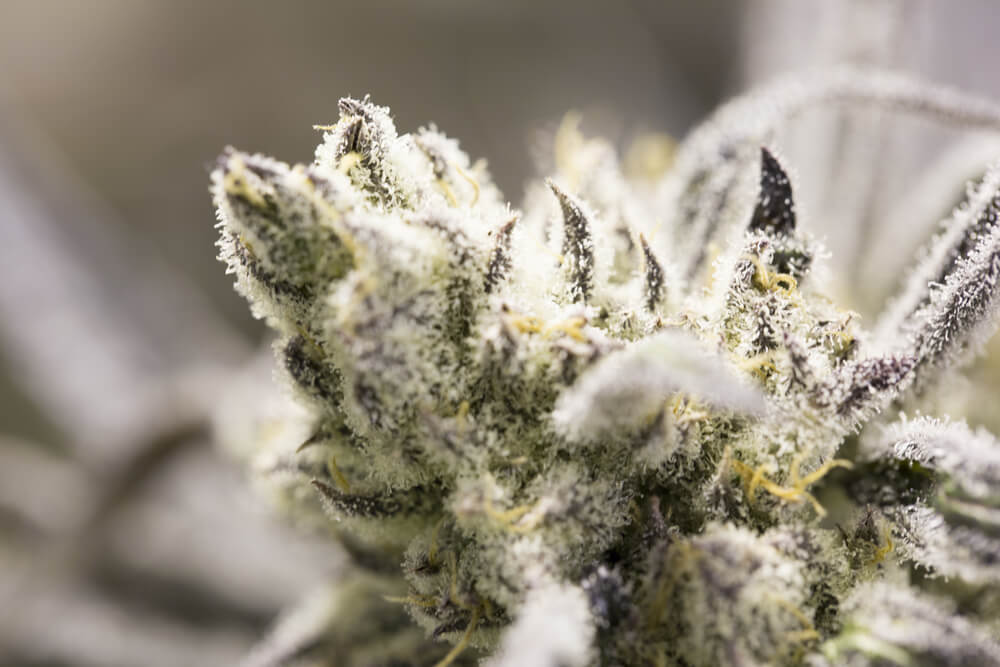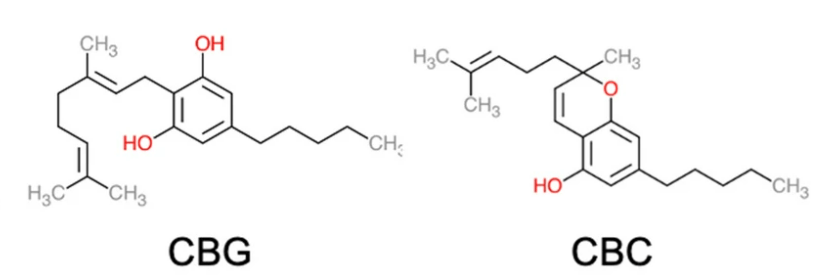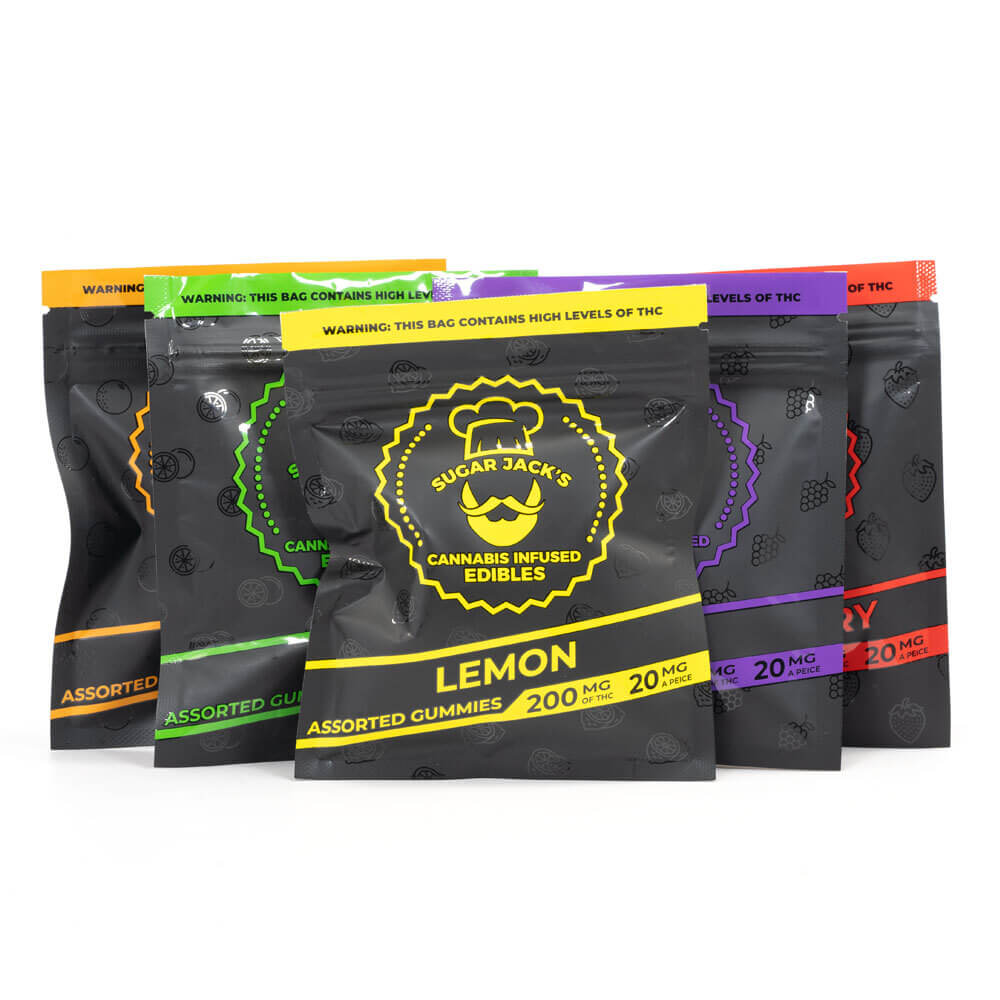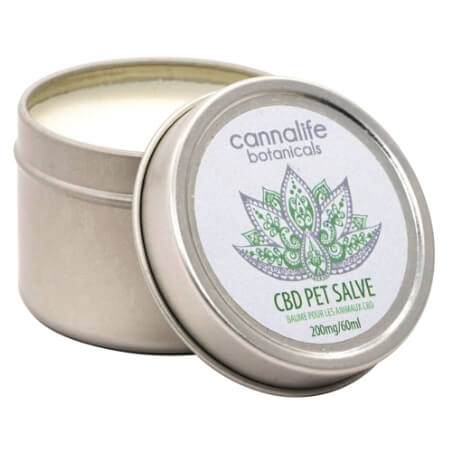No products in the cart.
What is Cannabichromene and Why is it the Next Miracle Cannabinoid?
8 Jan 2023

Cannabichromene is a non-psychoactive cannabinoid that’s starting to gain traction for its wealth of health benefits. From reducing inflammatory conditions to providing analgesic effects, cannabichromene, also known as CBC. It is on pace to compete with CBD as the next ‘big’ cannabinoid.
If you’re not familiar with cannabichromene and how its cannabinoid enriched cannabis extracts are beneficial for your health. Stay with us because we’re going to break down everything you need to know about this miracle compound!
What is Cannabichromene (CBC)?

Cannabichromene (CBC) is one of the most abundant naturally occurring cannabinoids in weed.
Although its amount in weed plants varies according to the strains. As well as, with tetrahydrocannabinol (THC), CBC is one of the major cannabinoids present in weed that stoners can buy today.
Although the popularity of this cannabinoid is far from THC and cannabidiol (CBD), cannabichromene is no new kid in town – its isolation and the characterization of its molecular structure dates back to 1966, and several research papers focusing on its action as a potent pharmaceutical have been published since then.
How is CBC Made?
As you may know already, all cannabinoids have a common origin in cannabigerol (CBG), and cannabichromene is no exception to this rule.
The enzyme CBCA synthase converts the central precursor CBGA to cannabichromene acid (CBCA). Heat or light then transforms CBCA into CBC, releasing one carbon dioxide molecule for each CBC molecule formed.
Other synthase enzymes catalyze the conversion of CBGA into cannabidiolic acid (CBDA). tetrahydrocannabinolic acid (THCA), the acidic forms of CBD and THC.
Put in a less science-y way, CBG gives rise to all other cannabinoids similar to human stem cells that form the basis for all other cells in the body, including CBC.
Because CBGA serves as the precursor to the other cannabinoids found in Cannabis plants, it is generally found in low amounts itself.
Typically, young plants harbor it more than adult plants do, and it’s prevalent in plants with low activity of the primary enzymes catalyzing the formation of the acid forms of CBC, THC, and CBD.
In such instances, the precursor CBGA exists in higher quantities. It can undergo further transformation into cannabigerol (CBG) when exposed to heat.
Promoters often highlight CBG as “the mother of all cannabinoids,” portraying it as a highly sought-after product.
Despite CBGA being the precursor for the prominent cannabinoids, the reality is that CBG does not impart any distinctive effects!
CBGA will not convert to other cannabinoids inside your body since you lack the enzymes synthesized by plants.
Can You Get High From CBC?
The answer is quite simple (although it might be disappointing for some of you) – no, CBC will not get you high.
Although this molecule has not been studied as extensively as CBD and THC.
No reports have described CBC as a psychoactive compound. Instead, it has been characterized as a compound of significant pharmacological interest.
What is CBC (Cannabichromene) Good For?

As opposed to the major natural cannabinoids present in weed.
CBC does not exhibit a significant affinity for CB1 or CB2 cannabinoid receptors.
But, instead showed a role in modulating TRP channels. TRP channels manage a variety of bodily sensations such as pain, temperature, pressure, and vision.
In other words, CBC doesn’t bind to the weed receptors in our endocannabinoid system, but it does affect it indirectly.
Antibacterial and Antifungal Properties
Cannabichromene shows great potential as antibacterial and antifungal. CBC also exhibited analgesic properties, although weak in comparison to THC. However, scientists found the concurrent treatment of THC with CBC to potentiate THC’s effect.
By studying the in vitro action of cannabichromene as an anti-cancer agent, scientists found that treatment with CBC inhibited cell tumour viability and growth and activated caspase 3/7, enzymes that control cell death and inflammation.
Anti-Inflammatory Benefits
One thing that CBC and CBG have in common is their anti-inflammatory properties. CBC’s involvement as an anti-inflammatory agent was described in several in vivo models. In which scientists induce a known reaction in mice, to further test for the performance of anti-inflammatory drugs. The carrageenan-induced paw edema is one of these models, in which a solution of carrageenan is injected into the footpad of rats, inducing an acute swelling of the paw. This model demonstrated that CBC reduced paw swelling.
CBC was proved to reduce in 40% the edema induced by Croton oil in the ear of mice, another model of in vivo testing.
CBC was found to be a promising effective alternative therapeutic target for acute respiratory distress syndrome (ARDS), a serious complication of sepsis, initiated due to an imbalance of host immunity with exaggerated inflammatory responses.
The study revealed that administering CBC reversed hypoxia by increasing blood O2 saturation by 8%. Alleviated symptoms of ARDS, and protected lung tissue from additional destruction.
Too science-y?
Basically, CBC can act as a powerful inflammatory and pain reliever without any of the side effects that other anti-inflammatory and pain drugs typically have.
When used in combination with THC, the combination produces a significant anti-inflammatory effect when the two were applied in animal studies.
Acne Relief
Excess sebum production and inflammation of the skin glands cause acne in humans. Thanks to its anti-inflammatory properties, the medical community is extremely excited about the CBC’s potential in reducing acne flare-ups.
One study found that CBC reduces levels of arachidonic acid, an acne-causing compound that can cause skin glands to be hyperactive.
While research into CBC’s effects is still in its infancy.
Many believe that CBC holds the potential to one day treat acne problems for people around the world.
Cannabichromene – The Next Miracle Cannabinoid?
Today, we praise THC and CBD as some of the most beneficial compounds to emerge from the cannabis plant. However, we recognize their significance only because we have known about these two compounds for a relatively short period! As more and more countries legalize weed for medicinal and recreational use. We can expect more and more advances and insight into the secret benefits that cannabichromene has tucked away.





